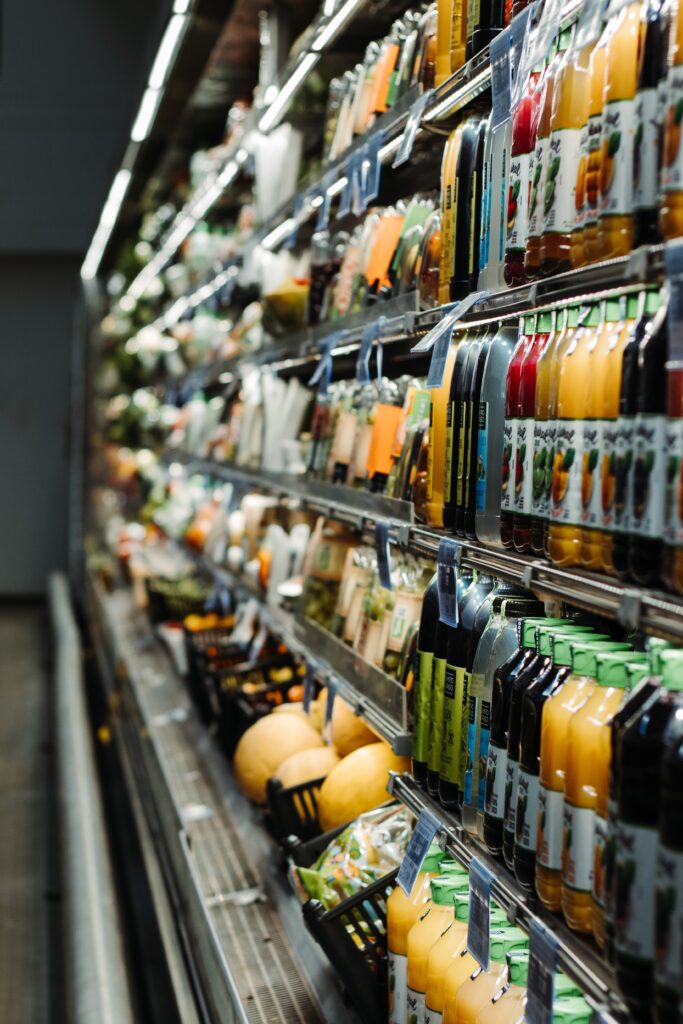In today’s fast-paced world, making healthy food choices can sometimes be a daunting task. Fortunately, food labels serve as a valuable tool in helping you make informed decisions about the products you consume. Understanding what’s in your food can have a profound impact on your health and well-being. In this article, I will explore ten compelling reasons why you should make reading food labels a habit.
1. Nutritional Awareness
Reading food labels is your gateway to understanding the nutritional content of a product. It provides valuable insights into the number of calories, macronutrients (carbohydrates, proteins, and fats), vitamins, and minerals a food item contains.
2. Portion Control
Food labels often include information on serving sizes. This helps you manage portion control and avoid overeating, ensuring you consume the appropriate amount of nutrients your body needs.
3. Ingredient Lists
The ingredient list on food labels reveals what’s inside the product. By scanning this section, you can identify any potential allergens, artificial additives, or ingredients you wish to avoid due to dietary restrictions or personal preferences. One of the things you will find as you begin this practice is the shocking amount of foods that contain seed oils. Things like sunflower and rapeseed oil are examples of this.
By opting for healthier alternatives and reducing the consumption of seed oils, you can promote a more balanced fatty acid intake and potentially reduce the risk of chronic diseases associated with inflammation and oxidative stress. Making informed choices about the oils you use in your daily diet is a step towards better health and well-being.
4. Sugar Awareness
Sugar can hide under various names on ingredient lists, such as high fructose corn syrup, cane sugar, or sucrose. Reading labels helps you spot hidden sugars, allowing you to make conscious choices to reduce your sugar intake, which can have a positive impact on your overall health.
5. Sodium Control
Excess sodium intake is linked to high blood pressure and other health issues. Food labels display the sodium content, helping you monitor your salt intake and choose lower-sodium options.
6. Dietary Fibre
Fibre is essential for digestive health and can help control blood sugar levels and lower cholesterol. Reading labels allows you to select foods that are high in fibre, contributing to your overall well-being.
7. Allergen Avoidance
If you have food allergies or intolerances, food labels are your lifeline. They provide clear information about common allergens like nuts, soy, wheat, and dairy, helping you avoid potentially harmful ingredients.
8. Comparing Products
Food labels enable you to compare similar products to determine which one aligns best with your dietary goals. Whether you’re comparing cereals, yogurts, or canned soups, labels help you make the healthiest choice.

9. Understanding Food Claims
Labels often include claims like “low fat,” “organic,” or “gluten-free.” These claims can be misleading without proper context. Reading labels allows you to evaluate these claims and make informed decisions.
10. Achieving Dietary Goals
Whether you’re aiming to lose weight, reduce sodium intake, increase fibre consumption, or adhere to a specific diet plan, food labels are a crucial resource for tracking your progress and staying on course.
Final Thoughts
Reading food labels is a powerful habit that empowers you to take control of your dietary choices and make informed decisions about what you eat. By paying attention to labels, you can optimise your nutrition, manage portion sizes, and steer clear of ingredients that may not align with your health goals or dietary restrictions. Ultimately, understanding food labels is a vital step on your journey to a healthier and more conscious way of eating. So, the next time you pick up a product at the supermarket, take a moment to read the label—it’s a small action that can lead to significant improvements in your overall well-being.




4 comments
Decoding nutrition labels is essential for making informed food choices. To simplify this process, consider exploring detailed description here for Bio Complete 3, a supplement containing prebiotics, probiotics, and postbiotics. Understanding the impact of gut health on overall nutrition is crucial. By investing in Bio Complete 3 through the website, you enhance your digestive system, ensuring your body efficiently utilizes the nutrients from foods, making it easier to interpret and benefit from the information on food labels
Understanding nutrition is vital for a healthy lifestyle. Reading food labels empowers us to make informed choices. It’s not just about counting calories; it’s about decoding ingredients. Explore insights at https://srslylowcarb.com/products/ready-to-top-pizza-bases-twin-pack for a low-carb option that aligns with your nutritional goals. Dive into the label, uncover the benefits, and pave the way for a mindful, nutritious journey.
Have students bring in food items from home or provide a variety in class. In pairs or small groups, ask them to analyze the food labels Pokerogue and prepare a short presentation on the nutritional content and healthiness of the item.
thanks